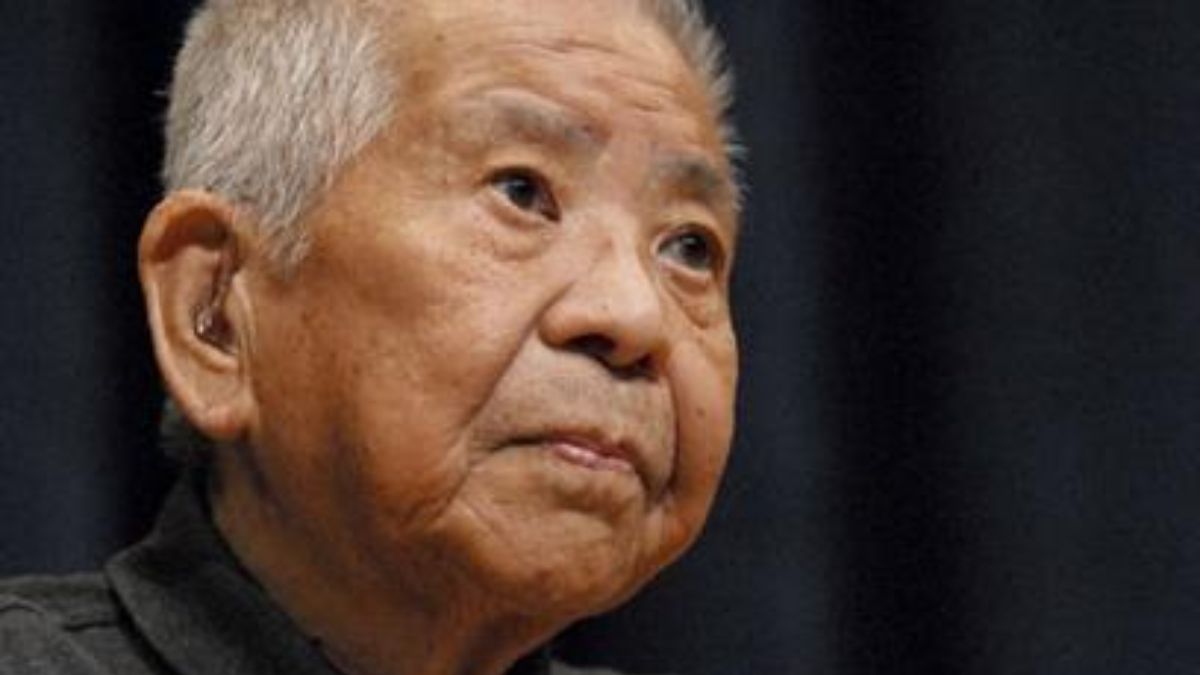On August 6, 1945, towards the end of World War II, the United States dropped the first atomic bomb ever used in war on the Japanese city of Hiroshima. The explosion killed around 80,000 people on the spot.
Three days later, a second atomic bomb was dropped on the city of Nagasaki, where nearly 40,000 people died.
ALSO READ | The 2 US pilots who dropped atomic bombs on Japan’s Hiroshima and Nagasaki
However, one man survived both atomic bombings in Japan.
Tsutomu Yamaguchi was in Hiroshima when the first bomb was dropped. He survived and later also survived the bombing in Nagasaki on August 9, the day the second bomb was dropped.
Yamaguchi was officially recognised as the only person to have survived both atomic bombings. He passed away in 2010 at the age of 93.
But how did he manage to live through both explosions?
Let’s take a look:
Who was Tsutomu Yamaguchi?
Yamaguchi was getting ready to leave Hiroshima when the first atomic bomb was dropped.
At the time, he was 29 years old and working as a naval engineer for Mitsubishi Heavy Industries. He had been on a three-month business trip, according to History.com.
August 6, 1945, was meant to be his final day in the city.
He and his colleagues had spent the summer working on plans for a new oil tanker. Yamaguchi was eager to return home to his wife, Hisako, and their baby son, Katsutoshi.
Impact Shorts
More ShortsHow did he survive the Hiroshima bombing?
As he was preparing to leave on August 6, the skyline of Hiroshima suddenly changed when the United States dropped its first atomic bomb, named ‘Little Boy’.
Yamaguchi looked up and saw an American B-29 bomber flying overhead. It released a small object attached to a parachute.
Moments later, the sky was filled with a bright flash. He later described it as looking like “the lightning of a huge magnesium flare.”
He jumped into a ditch to protect himself, but the blast pulled him out of the ground. The shockwave threw him through the air and into a nearby field of potatoes.
When he regained consciousness, everything around him was dark. The explosion had turned the bright morning into a blackened sky.
His face and arms were severely burned, and both eardrums had burst, as per History.com.
Ash was falling heavily, and above him, he could see a mushroom-shaped cloud rising over the city.
In a daze, Yamaguchi made his way to the remains of the Mitsubishi shipyard. There, he found his coworkers Akira Iwanaga and Kuniyoshi Sato, who had also survived.
That night, the three men took shelter in an air raid bunker. On August 7, they set off for the train station after hearing it was still running.
How Yamaguchi survived Nagasaki bombing
After returning to his wife and child, Tsutomu Yamaguchi received treatment at a local hospital on August 8. His injuries were so severe that even his own family could not recognise him at first.
When he got home, still feverish and covered in bandages, his mother mistook him for a ghost, according to the report.
Despite being weak and barely able to move, Yamaguchi got out of bed on the morning of August 9 and went to work at Mitsubishi’s Nagasaki office.
He attended a meeting where a company director asked him to explain what had happened in Hiroshima. As Yamaguchi tried to describe how one bomb had destroyed an entire city, the sky outside suddenly lit up with a bright white flash.
Just seconds before the shockwave hit, Yamaguchi dropped to the floor. The explosion shattered the office windows, and glass and debris flew across the room.
“I thought the mushroom cloud had followed me from Hiroshima,” he later said in an interview with The Independent.
In 2009, a year before he died, Yamaguchi told reporters, “My double radiation exposure is now an official government record. It can tell the younger generation the horrifying history of the atomic bombings even after I die.”
Yamaguchi passed away in 2010 at the age of 93, after battling stomach cancer.
It is believed that around 165 people may have experienced both atomic bombings. However, Yamaguchi was the only person officially recognised by the Japanese government as a “nijyuu hibakusha”, meaning “twice-bombed person”.
Japan remains the only country to have suffered atomic bomb attacks. Around 140,000 people died in Hiroshima and 70,000 in Nagasaki, according to The Washington Post.
)